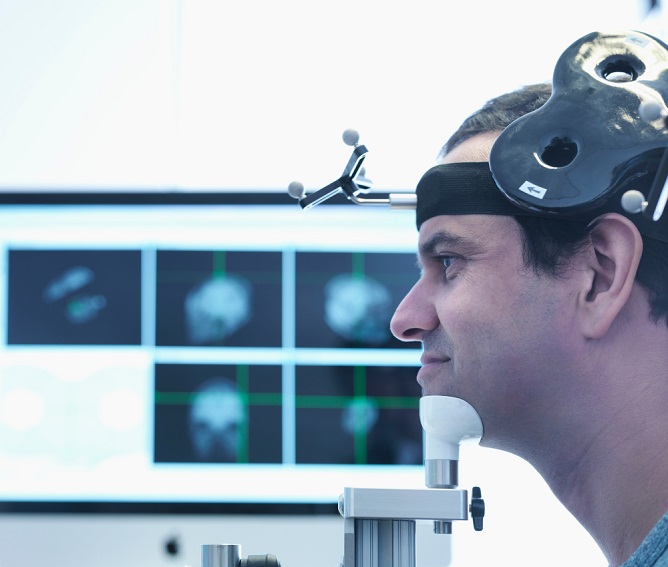
Major depressive disorder is a common mental health condition affecting millions worldwide. Several treatment options are available for depression, including medications and non-drug therapies, such as transcranial magnetic stimulation (TMS).
One may also try creating a depression-friendly home or relying on other psychiatry services in South Shore, MA, that may recommend certain medication plans.
You see, medications for depression are typically classified into several categories, including selective serotonin reuptake inhibitors (SSRIs), serotonin-norepinephrine reuptake inhibitors (SNRIs), tricyclic antidepressants (TCAs), and monoamine oxidase inhibitors (MAOIs).
These medications increase the levels of certain neurotransmitters in the brain, such as serotonin and norepinephrine, which are believed to be involved in regulating mood.
On the other hand, TMS treatment is a non-invasive form of brain stimulation that uses magnetic fields to stimulate nerve cells in the brain.
Neurostar advanced therapy is a specific type of TMS that is FDA-cleared for treating major depressive disorders in adults who have not responded to at least one antidepressant medication.
One of the key differences between NeuroStar TMS and medications is how they work. While medications work by altering the brain’s chemistry, TMS directly targets the areas of the brain that are believed to be involved in regulating mood.
TMS is believed to work by increasing the activity of these areas, which in turn can help to alleviate symptoms of depression. Start by looking for a TMS clinic in your area now, and see for yourself its benefits.
If you’re looking for TMS therapy in Bridgewater, MA, South Boston TMS is more than willing to help you.




Leave a Reply